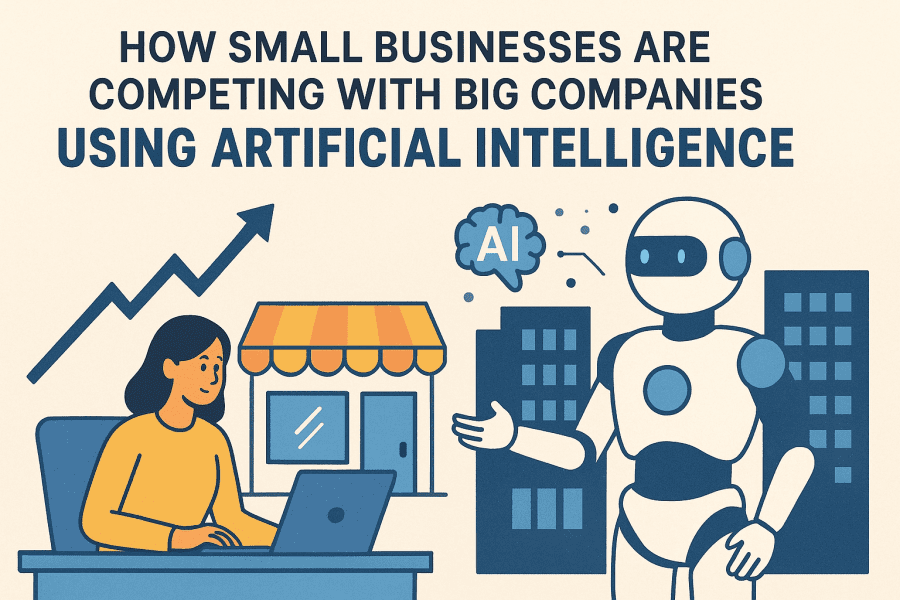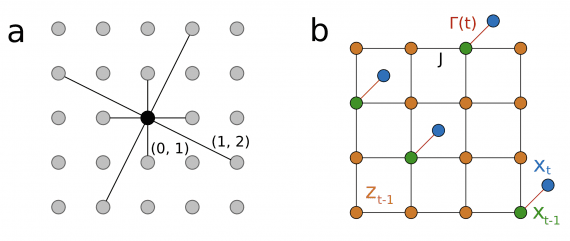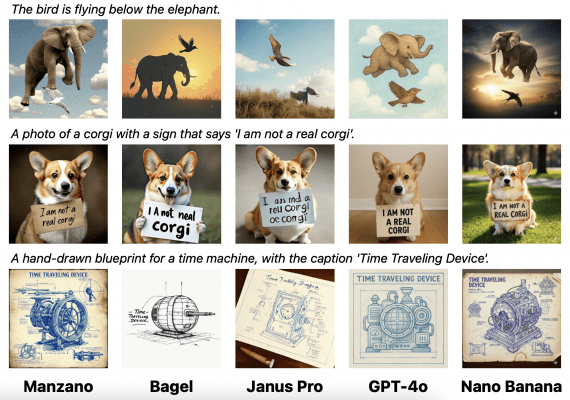
Artificial intelligence has redefined how businesses grow and compete. What used to require an entire marketing department can now be achieved by one person with the right AI tools. From automating customer service to analyzing sales patterns, AI has become the most powerful equalizer in modern business.
Small companies once struggled to keep up with big corporations that had larger budgets and teams. Now, with affordable AI platforms available to everyone, small businesses can scale faster, make smarter decisions, and communicate more effectively than ever before.
Why this shift matters now
AI adoption has accelerated across industries because it makes measurable impact. The technology doesn’t just save time—it increases accuracy and creativity. Tasks that once took days are now completed in minutes.
According to Fantasy AI, generative AI could generate roughly $1.1 trillion in revenue by 2028. That projection highlights the growing importance of AI not only in enterprise environments but also for small and mid-sized businesses that are rapidly integrating AI into daily operations.
This surge reflects a shift from experimentation to implementation. Small business owners are no longer asking whether AI can help—they’re asking how to use it best.
- Creating high-quality content without a full team
For many small businesses, content creation used to be the hardest part of marketing. Producing blog posts, graphics, and videos required hiring freelancers or agencies. AI has changed that reality.
Modern AI tools can generate well-structured articles, design visuals, and even edit short videos in a fraction of the time. Instead of replacing creativity, these systems amplify it. They give small businesses the ability to publish content at the same pace and quality as established competitors.
AI-assisted tools like Jasper, Writesonic, and Canva’s AI suite allow a single marketer to handle what used to require a full creative team. The result is consistency—brands can stay active across multiple channels without burning out their limited staff.
Readers who want to understand how these content systems function can explore Neurohive’s feature on transformer-based models and text generation.
- Improving customer communication with AI assistance
Customer communication defines how customers perceive a brand. Big companies often struggle to deliver personal service because of their size. Small businesses, on the other hand, can now use AI to communicate faster and more authentically.
AI chatbots and voice assistants manage FAQs, appointment scheduling, and post-purchase updates automatically. A single service provider can stay focused on their work while AI tools handle conversations and follow-ups.
A recent Salesforce study found that 65% of customers expect instant responses when reaching out to a business. AI ensures that small businesses meet that demand without hiring extra staff.
These systems also improve personalization. AI-powered CRMs analyze each customer’s interaction history, purchase habits, and preferences, tailoring responses that feel uniquely human.
Neurohive’s exploration of NLP applications in real-world customer systems explains how natural language understanding powers these interactions.
- Making data-driven decisions without a data team
Large corporations have entire departments analyzing customer behavior and forecasting trends. Small business owners can now do the same using AI analytics platforms that interpret complex data instantly.
AI dashboards integrate data from sales, email, and social media into one clear interface. Predictive algorithms highlight what’s working and suggest where to invest next.
Instead of guessing, small business owners can see in real time which campaigns convert, which products attract attention, and which customers are most loyal. This insight used to be a luxury. Now it’s accessible to anyone.
For developers and data enthusiasts, Neurohive’s article Machine learning in business analytics explores the technical side of how these models make accurate predictions.
- Speed as the new competitive advantage
Speed has replaced size as the key factor in competitiveness. Big companies move slowly because of hierarchy and complex approval chains. Small businesses using AI can react to changes instantly.
A restaurant can analyze customer feedback overnight and update its menu the next morning. An online store can test new ad variations within hours. AI’s ability to learn continuously keeps businesses agile in a fast-moving market.
This agility defines success in the modern economy. Businesses that learn, adapt, and communicate faster are the ones that grow—no matter how small their teams are.
Ethical and transparent AI use
As more small businesses adopt AI, transparency and privacy become essential. Customers want to know that their data is used responsibly. Techniques like federated learning and local data storage help balance personalization with security.
Responsible AI practices are not just ethical—they’re strategic. Companies that communicate how they use AI build stronger trust and loyalty.
Neurohive’s discussion on privacy-aware AI systems provides a solid foundation for understanding this balance.
Conclusion
Artificial intelligence has transformed small businesses from underdogs into agile competitors. It allows them to create content, engage customers, and analyze data with the same sophistication as major brands—without the massive overhead.
The businesses that thrive in 2025 and beyond will be those that see AI not as a trend but as a foundation for innovation.
AI gives every entrepreneur the same opportunity: to work smarter, adapt faster, and grow stronger.


